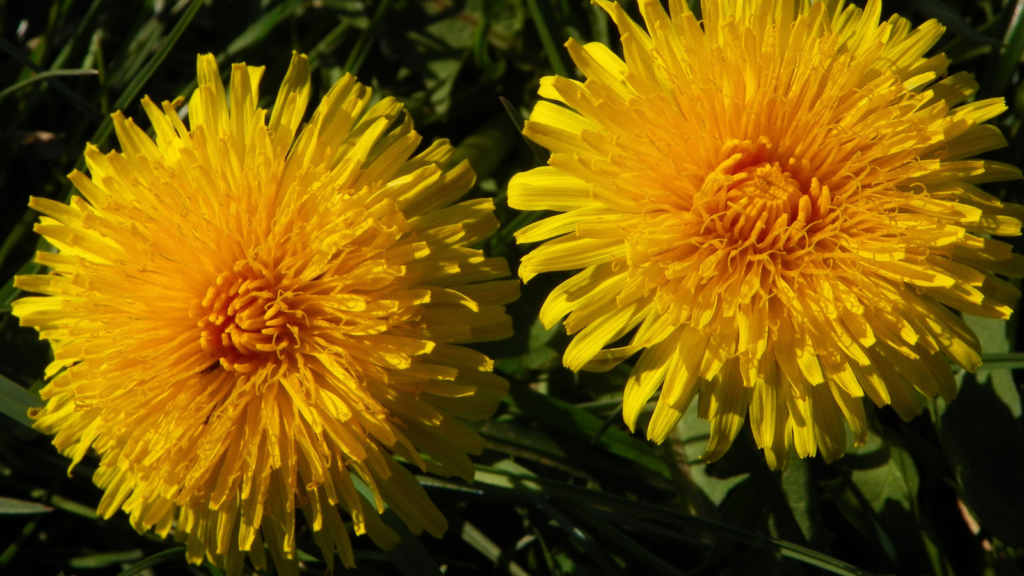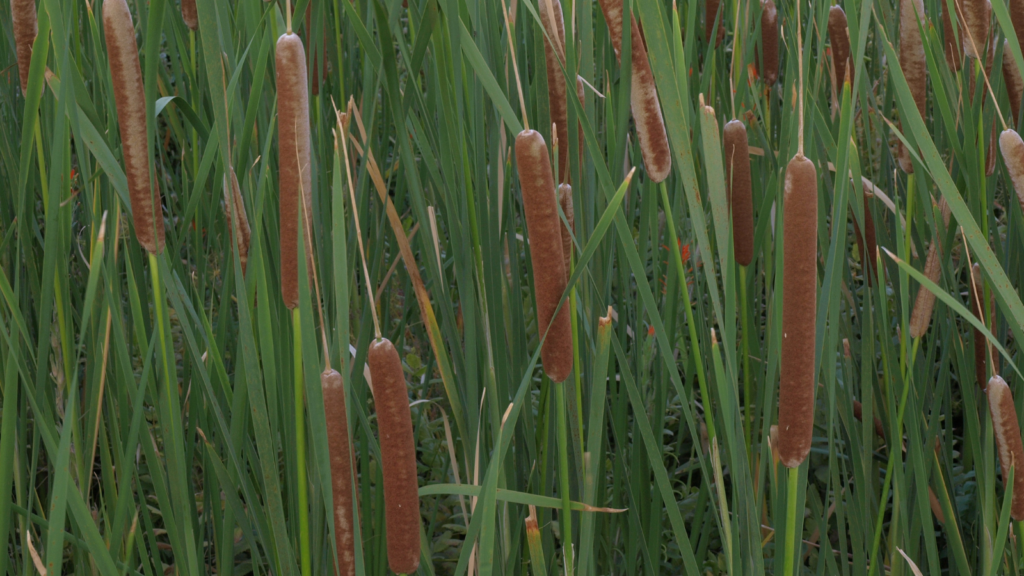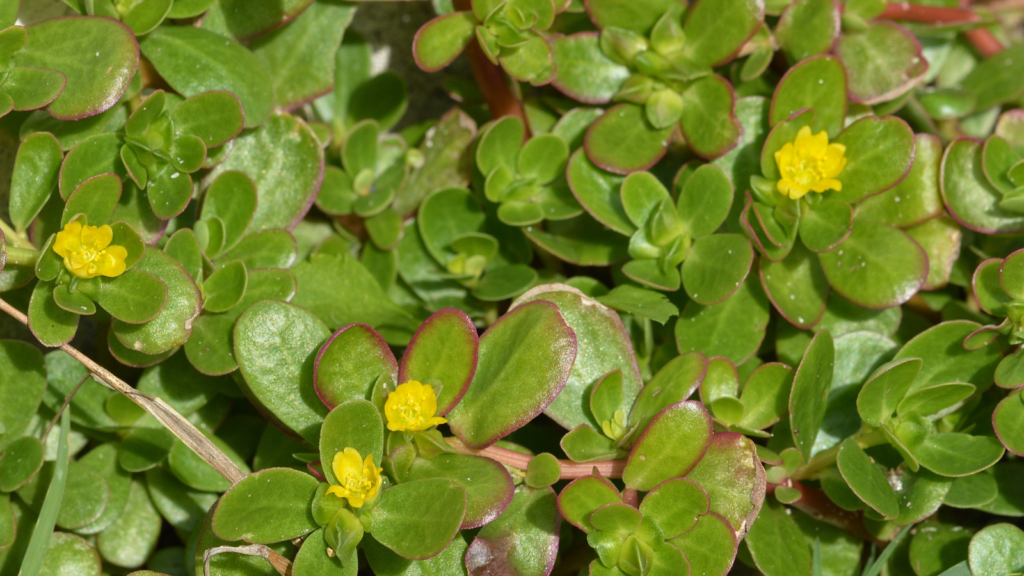Living off the land can be a lifesaver when you’re miles away from a grocery store. Wild edibles are everywhere if you know what to look for, and learning to recognize them could make all the difference in a survival situation. Whether you’re deep in the forest or just outside your home, nature provides an abundance of food if you have the right knowledge. I love foraging. It is ridiculously satisfying, great exercise, and a good source of free food.
But you do need to forage safely and only harvest what you’re sure of. For that reason, I haven’t included anything here that has dangerous look-alikes or any mushrooms at all due to the danger for the untrained forager. Start simple with plants you recognize, then buddy up with a more seasoned forager or take a course to make sure you forage safely.
PRO TIP: Whenever I find plants to forage that I want to return to later in the season or maybe even next year for another harvest, I mark them on my What Three Words app while I’m at the location, then, when I get home, I add a pin and a label to a physical map. After all, if we’re preparing for life post-collapse, then we need to remember that technology may not be able to help us.
1. Dandelion (Taraxacum officinale)

Dandelions are more than just weeds—they’re packed with vitamins A, C, and K. Every part of this plant is edible, from the flower down to the root. The leaves are best in spring when they’re tender and slightly bitter, perfect for a salad or stir-fry. The roots can be dried and used as a coffee substitute.
2. Cattail (Typha)

Cattails grow in wet areas like marshes and riverbanks, and they’re a survivalist’s dream. The young shoots, called corms, taste like cucumber when peeled and can be eaten raw or cooked. In late summer, the pollen can be gathered and used as flour, making cattails a versatile food source.
3. Plantain (Plantago major)

Not to be confused with the tropical fruit, plantain grows in disturbed soils, often in your own backyard. Its broad, flat leaves can be eaten raw in a salad or cooked to reduce bitterness. Rich in calcium and vitamins A, C, and K, plantain is also a natural remedy for cuts and bug bites.
4. Wood Sorrel (Oxalis)

With a tart, lemony flavor, wood sorrel can be eaten raw, added to salads, or used as a seasoning in soups. It grows low to the ground and has heart-shaped leaves, often mistaken for clover. Be careful not to overconsume, as it contains oxalic acid, which can be harmful in large amounts.
5. Burdock (Arctium lappa)

Burdock’s long taproots are loaded with fiber and essential minerals like magnesium and potassium. The roots can be roasted or boiled like a starchy vegetable, while the young leaves can be sautéed. Burdock is commonly found in disturbed areas and along roadsides, making it easy to spot.
6. Clover (Trifolium)

Both red and white clover can be found in fields and lawns. The flowers and leaves are edible and can be eaten raw, though cooking removes some of the bitterness. Clover is packed with protein, making it a great addition to soups or stews in a survival situation.
7. Wild Onion (Allium)

If you catch a whiff of garlic while walking through a field, you’ve likely stumbled across wild onions. Their hollow stems and small white bulbs are entirely edible. Wild onions are a great flavor boost to any meal and can be used in the same way as their domesticated cousins.
8. Chickweed (Stellaria media)

Chickweed is a small, delicate plant with tiny white flowers and is often found in gardens and open fields. The leaves, stems, and flowers are all edible, with a mild, slightly sweet flavor. It’s great raw in salads or can be added to soups for an extra dose of vitamins and minerals.
9. Wild Asparagus (Asparagus officinalis)

You might recognize wild asparagus because it looks very similar to the cultivated version. It grows in ditches and open fields. The tender shoots are best harvested in early spring. High in fiber and vitamins, wild asparagus is a nutritious addition to any foraged meal.
10. Purslane (Portulaca oleracea)

Purslane has thick, succulent leaves that are packed with omega-3 fatty acids—something you don’t often find in plants. It’s common in gardens and sidewalks and can be eaten raw or cooked. With a slightly salty, lemony flavor, it adds a crunchy texture to salads or stir-fries.
11. Pine Nuts (Pinus)

If you come across a pine tree, take a look at the cones. Many varieties, like the Ponderosa pine, produce edible seeds known as pine nuts. While harvesting can be a bit of work, pine nuts are high in calories and protein, making them a valuable energy source when foraging.
12. Acorns (Quercus)

Acorns have long been a staple in survival diets, but they require some preparation. You’ll need to leach the tannins by soaking them in water to remove the bitterness. Once prepared, acorns can be ground into flour or roasted for a hearty, nutrient-dense snack rich in fats and carbs.
13. Wild Garlic (Allium vineale)

Similar to wild onion, wild garlic can be found in fields and along forest edges. Its slender green stalks and small bulbs can be used just like regular garlic. Wild garlic has a pungent aroma and flavor, adding depth to foraged meals while also providing essential nutrients like vitamin C.
14. Nettle (Urtica dioica)

Despite its stinging hairs, nettle is one of the most nutrient-dense wild plants you can find. Once boiled or dried, the sting is neutralized, and you can enjoy its high levels of iron, calcium, and protein. Nettles make excellent teas, soups, or even a sautéed side dish.
15. Wild Berries (Rubus, Vaccinium)

Wild raspberries, blackberries, and blueberries are not only delicious but are also packed with antioxidants, fiber, and vitamins. Look for them in open woods or along trails. While they can be eaten raw, they also make great additions to foraged desserts or can be dried for later use.
16. Sheep Sorrel (Rumex acetosella)

Sheep sorrel has small arrow-shaped leaves with a sour, tangy flavor. It’s common in fields and along roadsides and can be added to salads or soups. It’s high in vitamin C, which is essential in a survival situation to prevent scurvy.
17. Amaranth (Amaranthus)

Often considered a weed, amaranth is a nutrient powerhouse. Both the seeds and leaves are edible, with the seeds being rich in protein and the leaves high in vitamins and minerals. It can be found in fields, disturbed soils, and even urban areas.
18. Nuts

I know where lots of tucked-away walnuts, hazelnut, chestnut, and beechnut trees are in my local area. They are high in protein and healthy fats, and are a fantastic source of calories that last for months if stored correctly. And, if you find a well-laden tree, you can harvest a huge amount of them in a short span of time, making nut harvesting energy efficient, too. This is an important consideration when food scarcity is a real problem.

